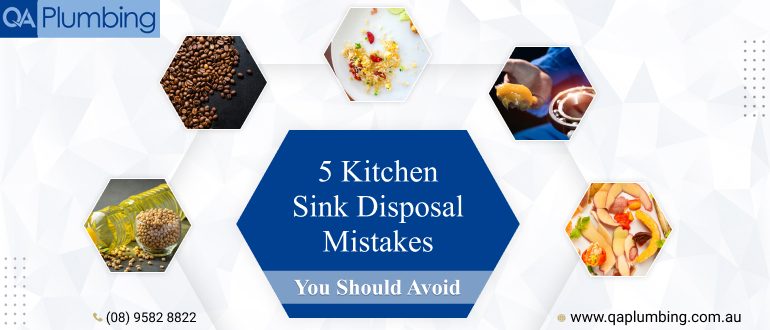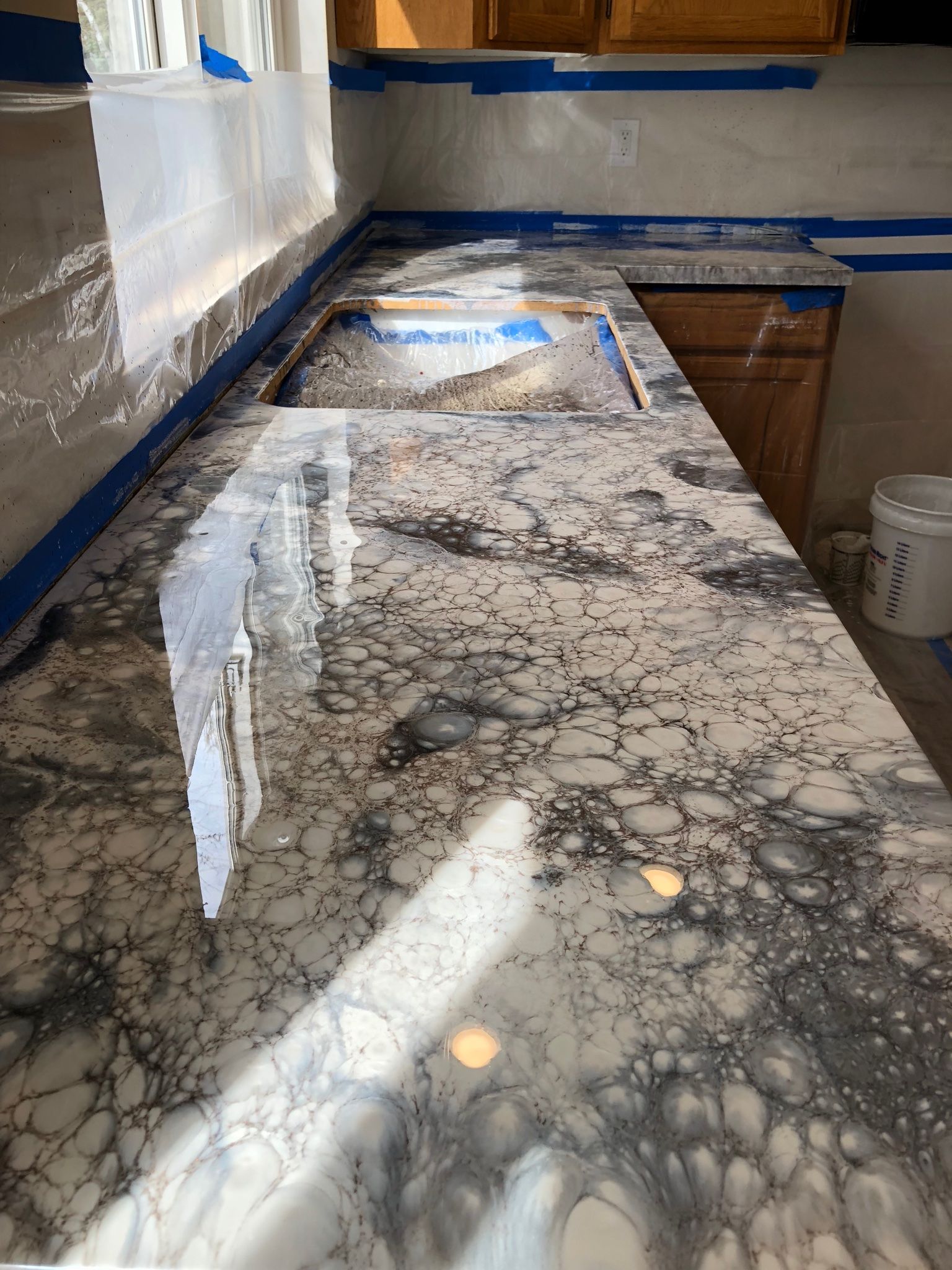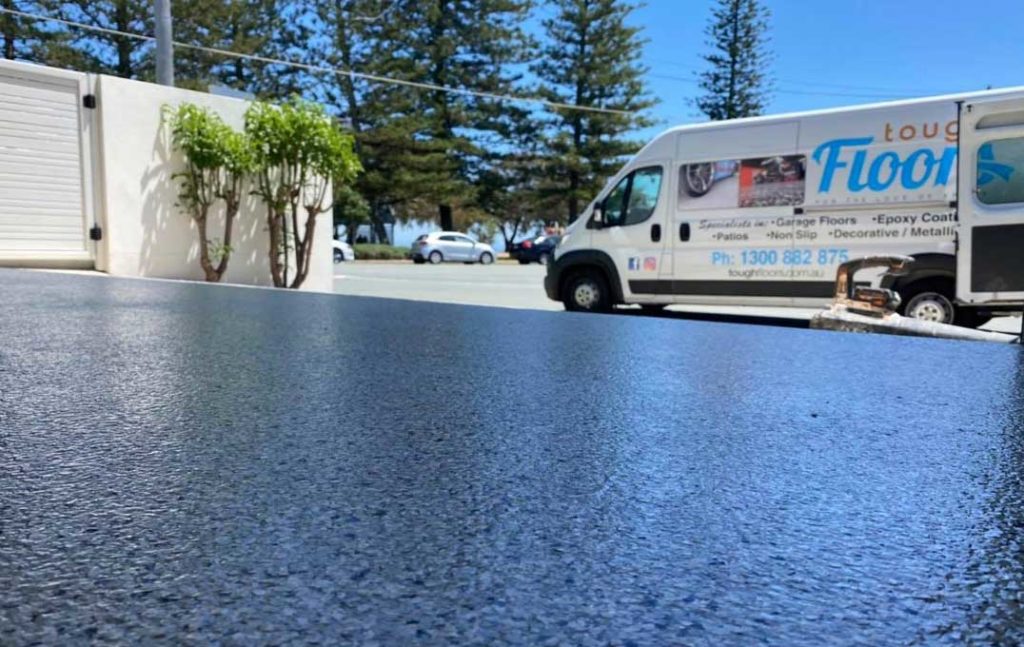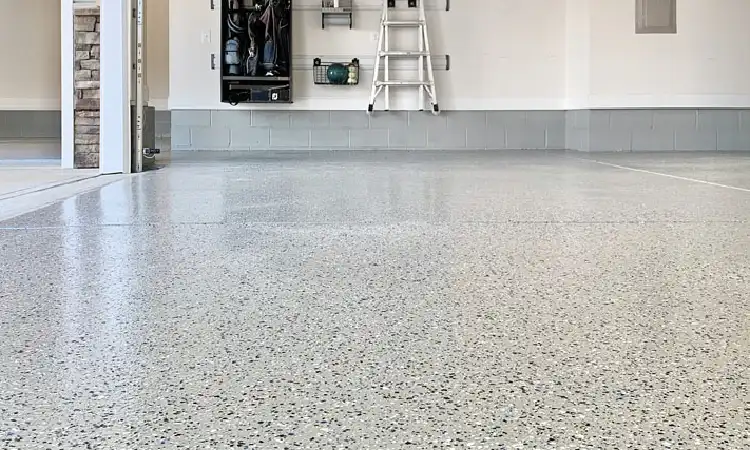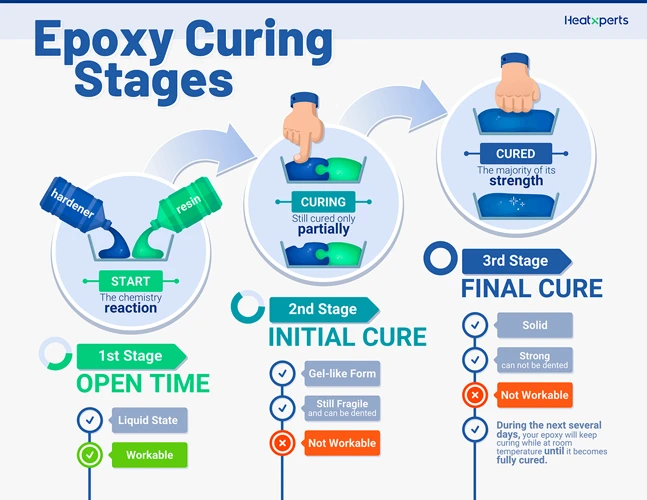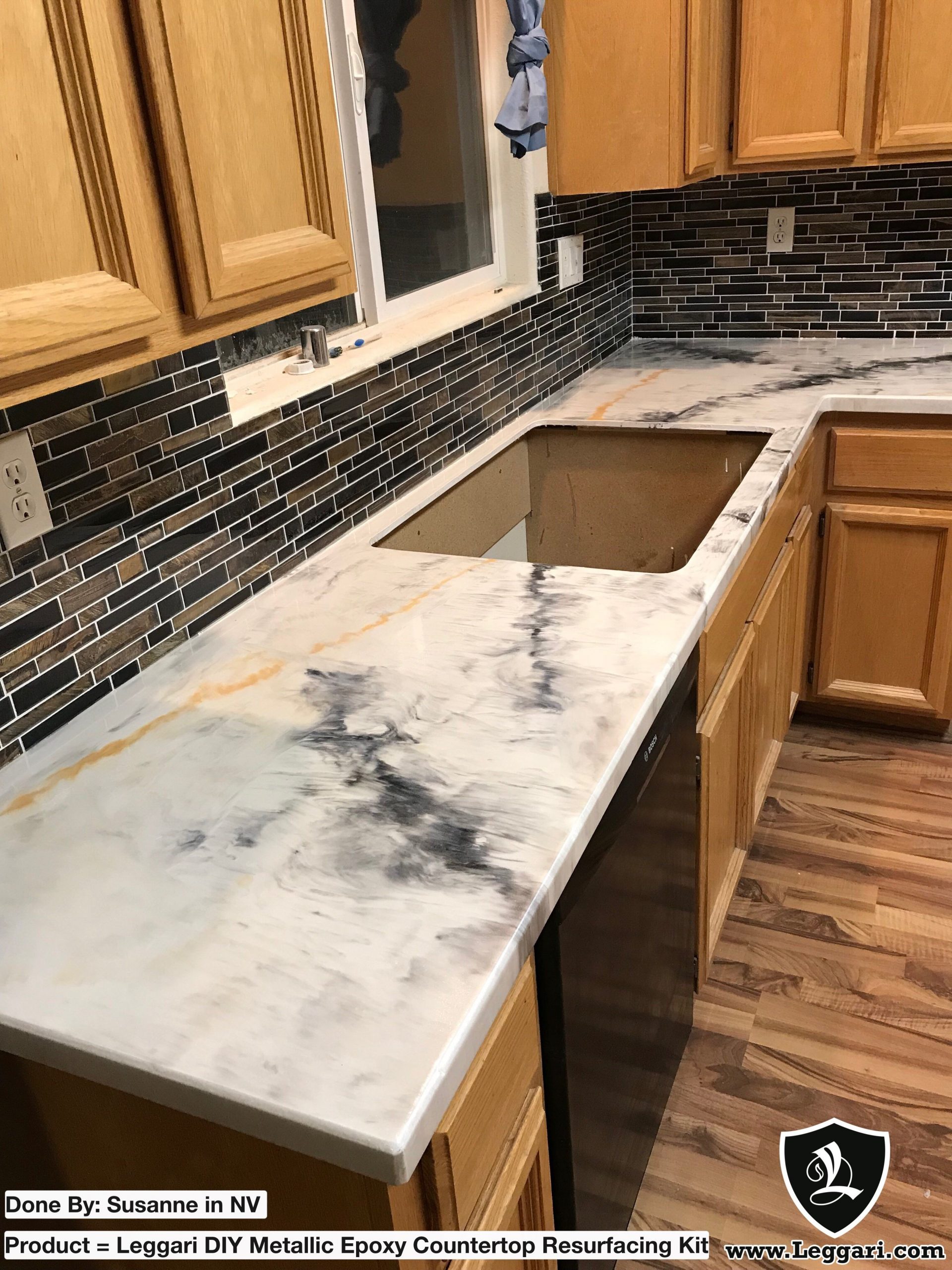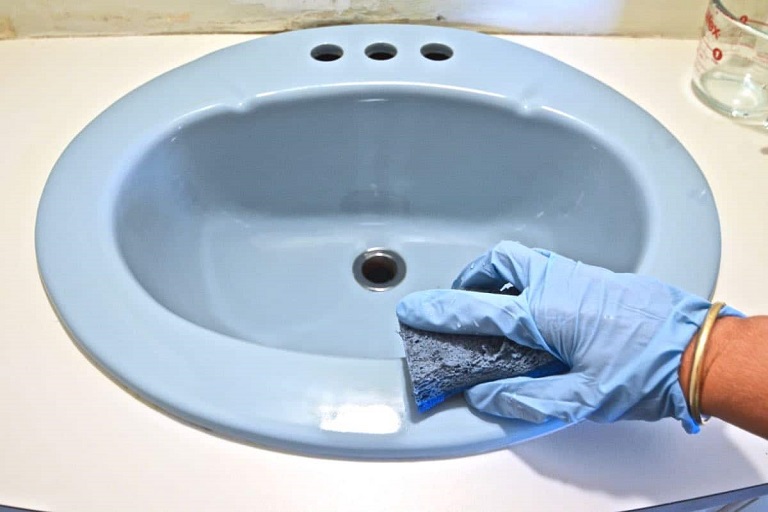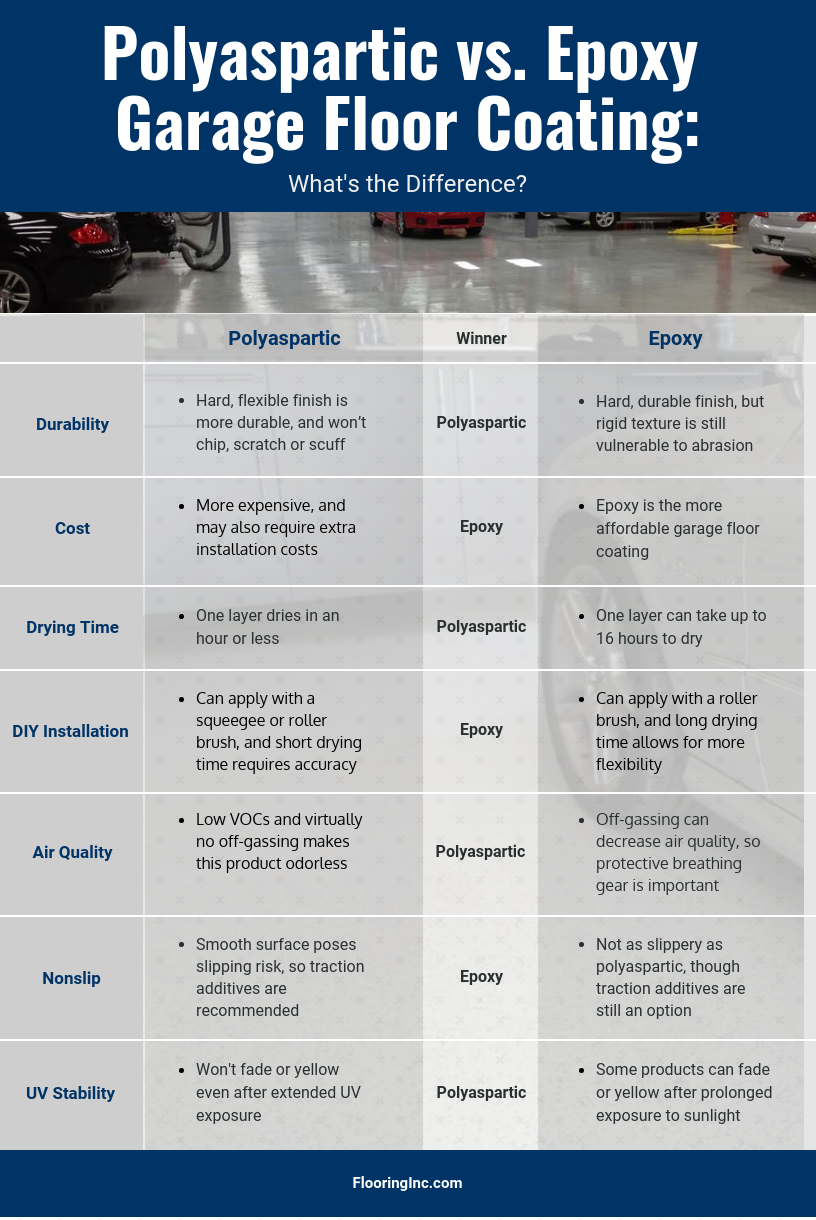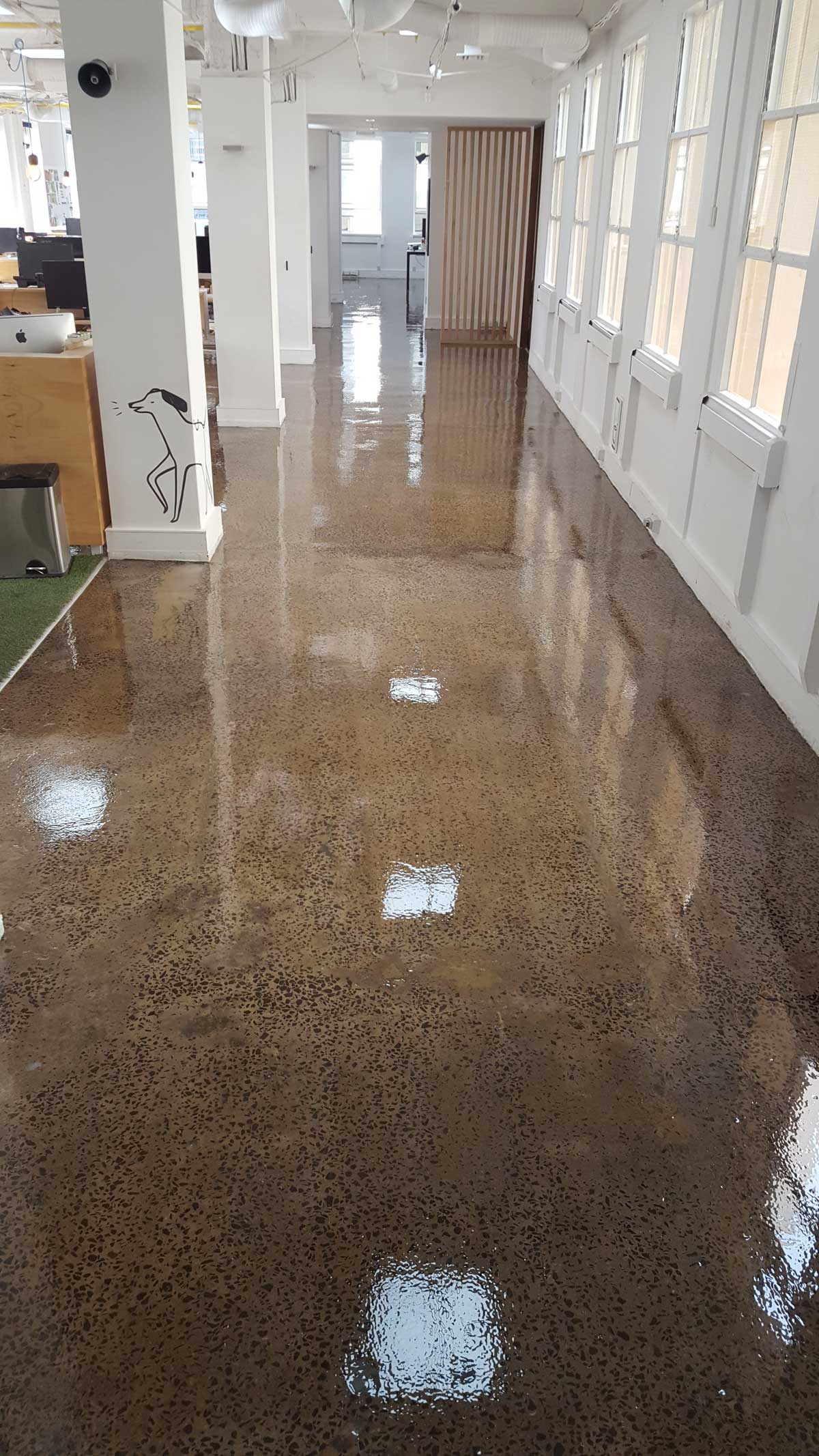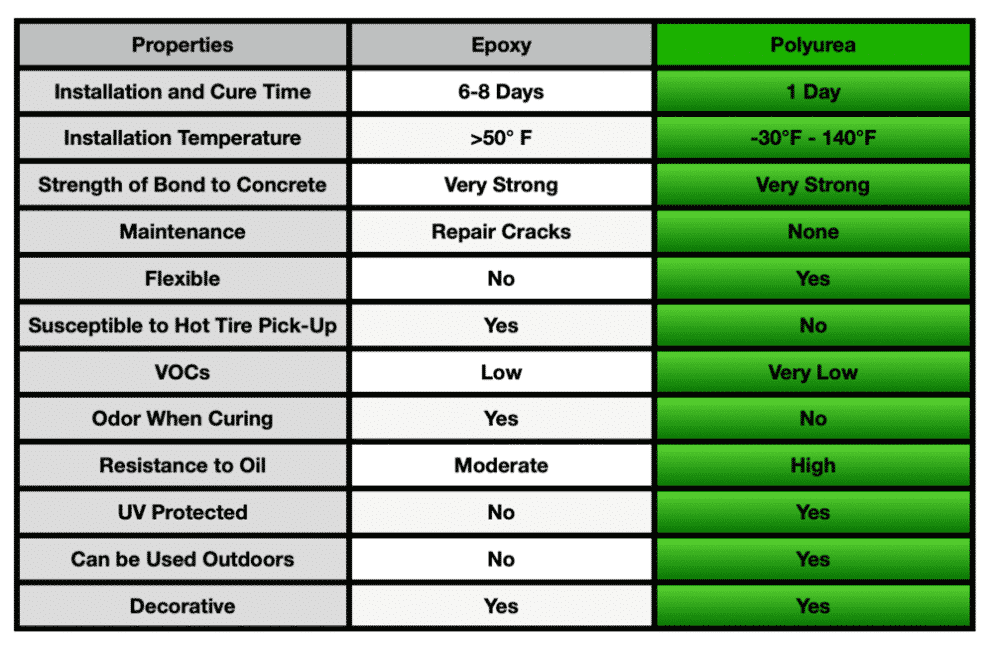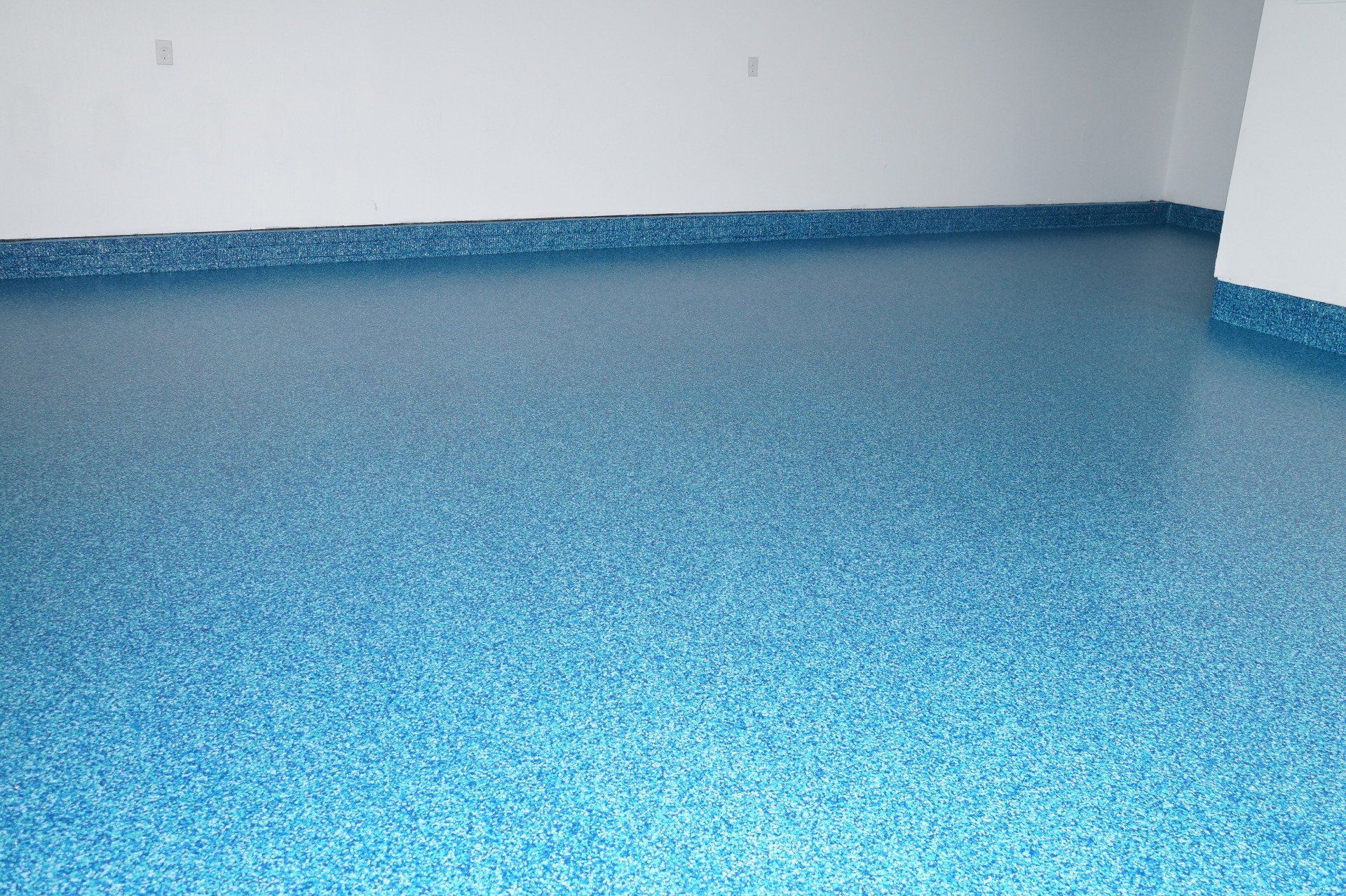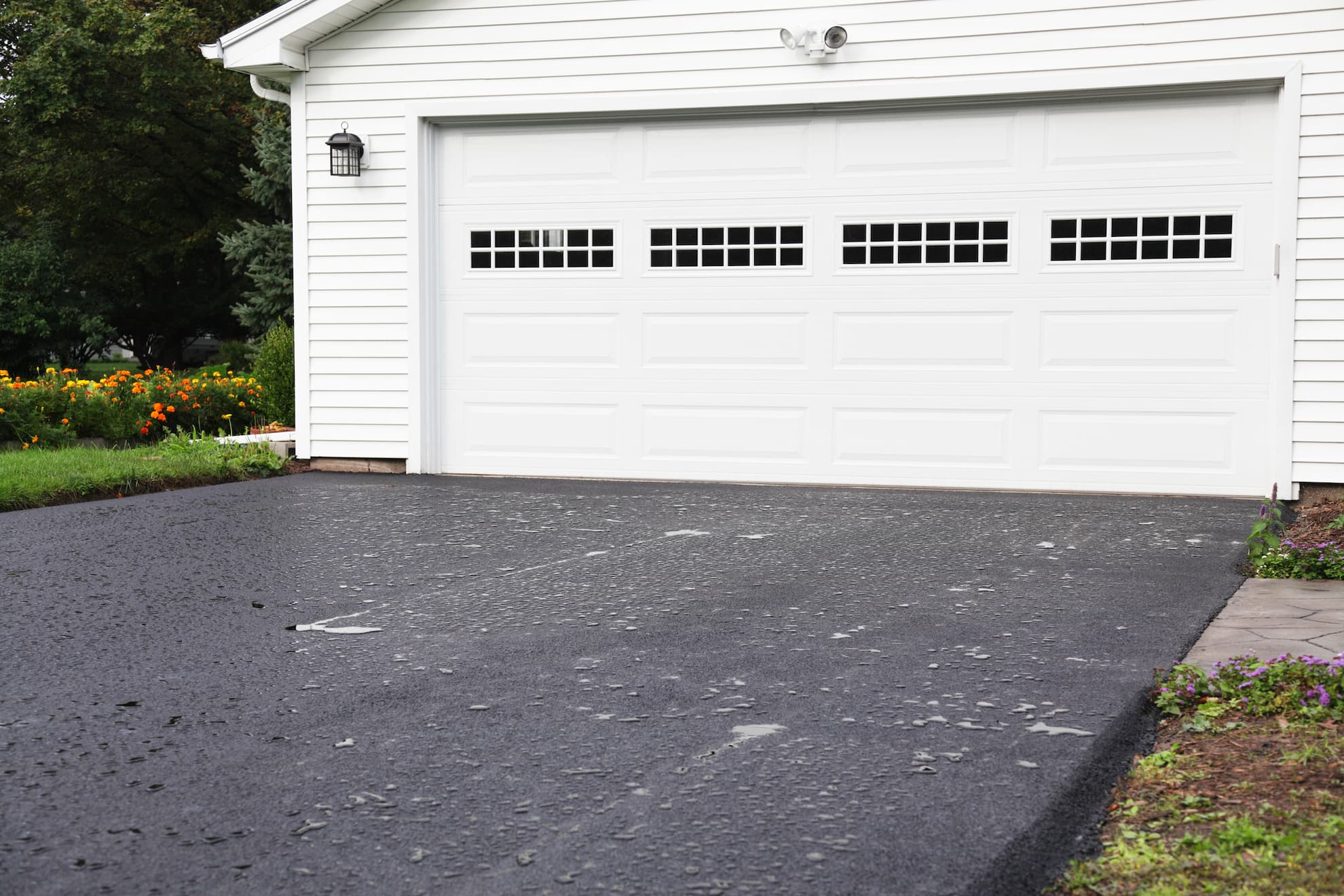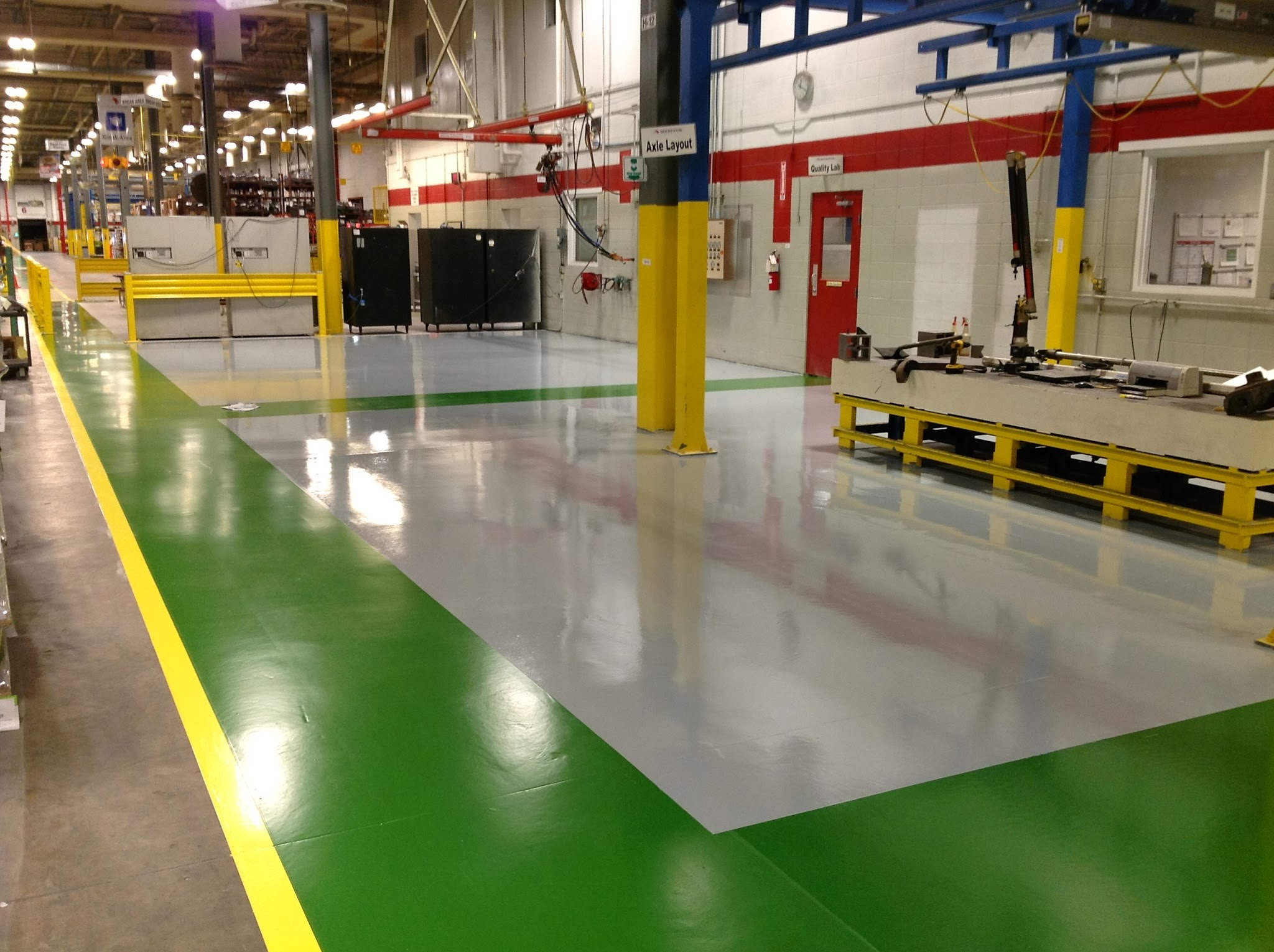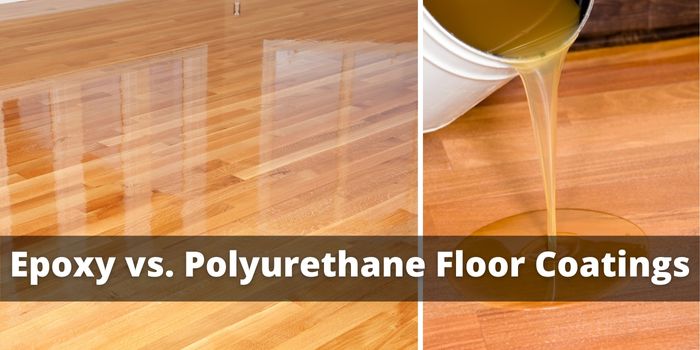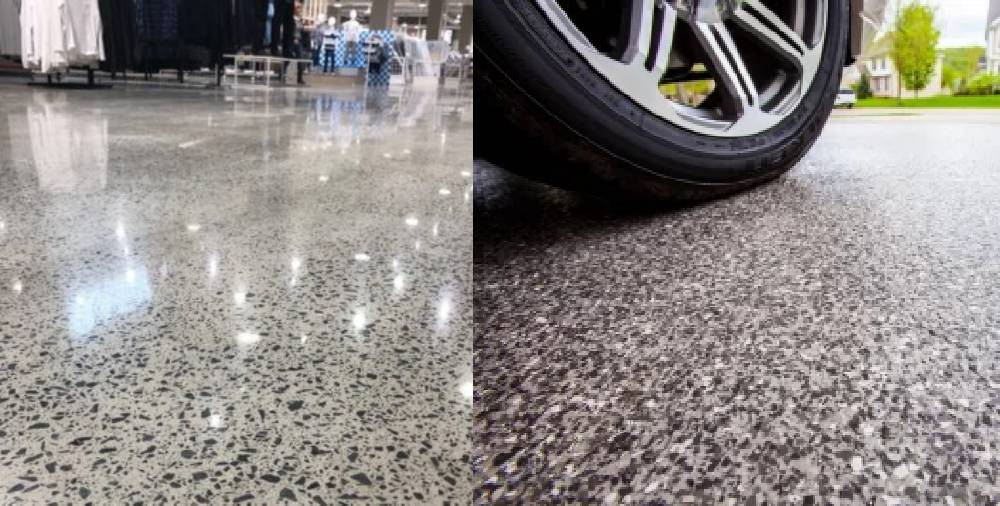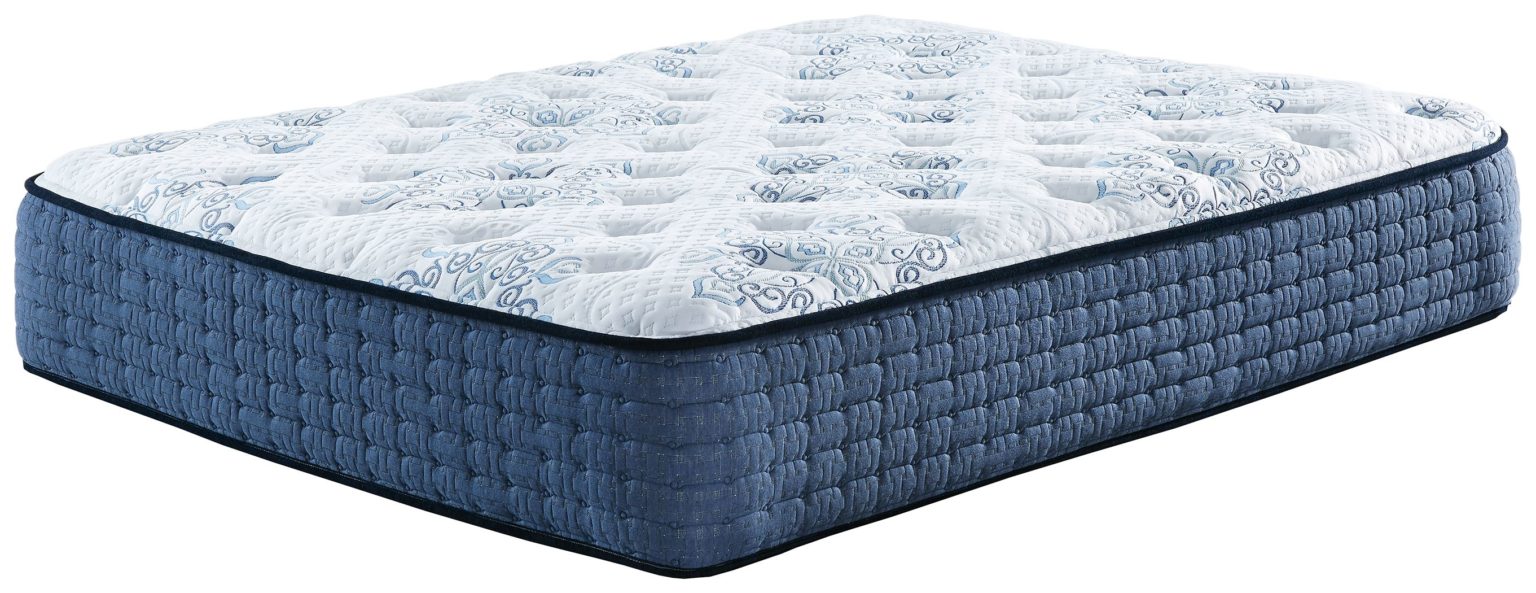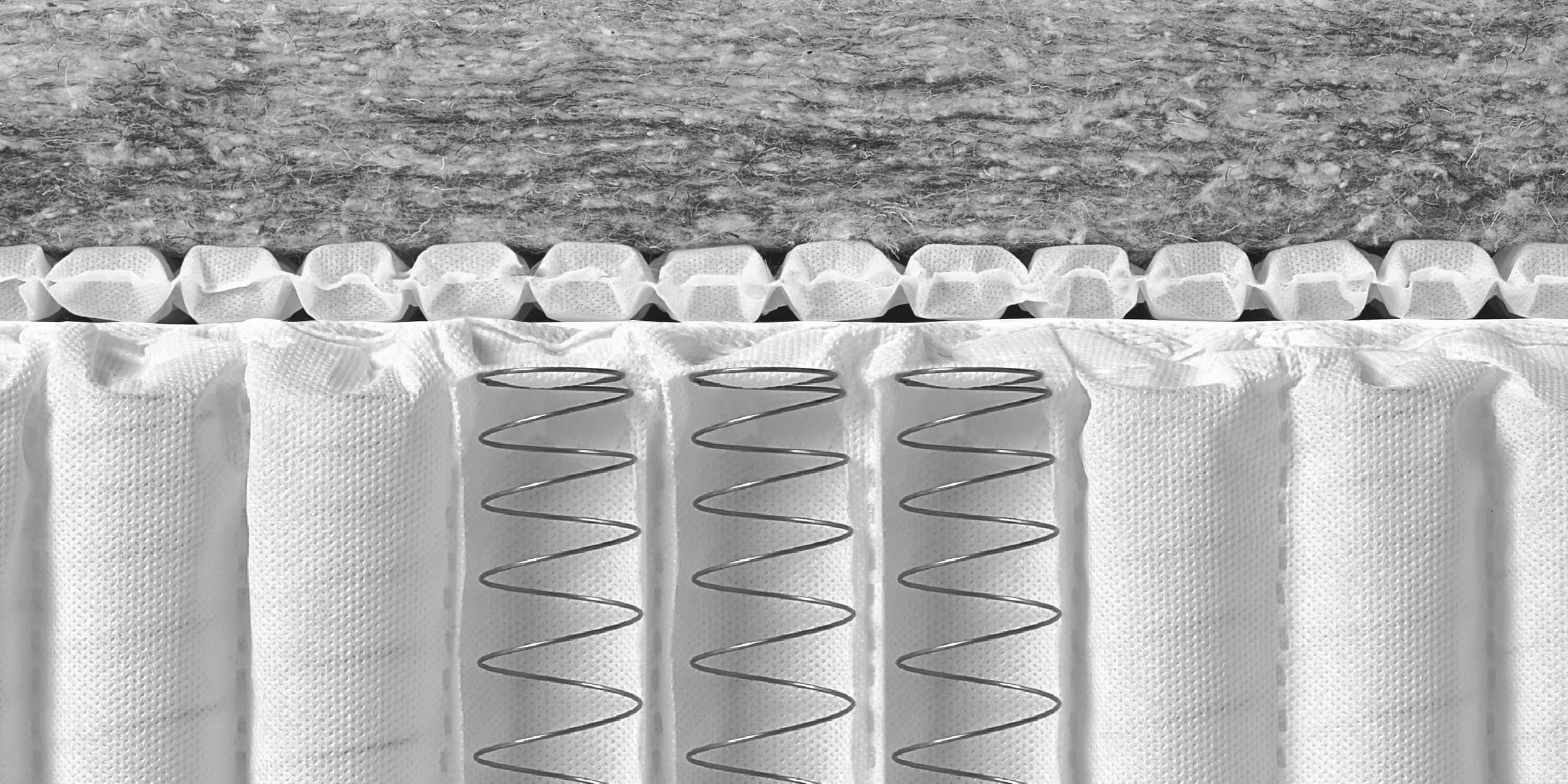Is your kitchen sink looking worn out and cracked? Instead of replacing it, consider using epoxy to repair and restore its appearance. Epoxy is a strong and durable adhesive that can bond to many different materials, making it a great option for kitchen sink repair. Here's a step-by-step guide on how to epoxy a kitchen sink and give it a new lease on life.How to Epoxy a Kitchen Sink: A Step-by-Step Guide
If your kitchen sink is cracked, epoxy can be used to fill in the cracks and create a seamless surface. Follow these steps to repair a cracked kitchen sink with epoxy: Step 1: Clean the sink thoroughly with a degreaser and let it dry completely. Step 2: Use a putty knife to scrape away any loose or damaged material around the crack. Step 3: Mix the epoxy according to the manufacturer's instructions. Make sure to wear gloves and work in a well-ventilated area. Step 4: Apply the epoxy to the crack, making sure to fill it completely. Use the putty knife to smooth out the surface and remove any excess epoxy. Step 5: Let the epoxy dry completely, following the recommended curing time on the product label. Step 6: Sand down the surface of the epoxy with fine-grit sandpaper to create a smooth finish. Step 7: Clean the sink again to remove any dust or debris from sanding. Step 8: Apply a coat of epoxy sealer over the repaired area to protect it from moisture and further damage.How to Repair a Cracked Kitchen Sink with Epoxy
Yes, you can use epoxy to fix a kitchen sink. Epoxy is a versatile adhesive that can bond to many different materials, including porcelain, ceramic, and metal, making it a suitable choice for kitchen sink repair. It is also heat and water-resistant, making it ideal for use in the kitchen.Can You Use Epoxy to Fix a Kitchen Sink?
When it comes to repairing a kitchen sink, both epoxy and silicone are commonly used adhesives. While both can be effective in repairing a damaged sink, epoxy has some advantages over silicone. Epoxy is stronger and more durable than silicone, making it better suited for repairing cracks and chips in the sink. It is also heat-resistant, which is important in a kitchen setting. However, silicone is more flexible and can be a better choice for sealing gaps or seams in the sink.Epoxy vs. Silicone for Kitchen Sink Repair
Epoxy offers several benefits when it comes to repairing a kitchen sink: Durable: Epoxy is a strong and durable adhesive that can withstand daily use in the kitchen. Water-resistant: Epoxy is resistant to water, making it ideal for use in a kitchen sink where it will be exposed to water regularly. Heat-resistant: Epoxy can withstand high temperatures, making it suitable for use in a kitchen where hot pots and pans may come in contact with the sink. Cost-effective: Repairing a kitchen sink with epoxy is a cost-effective alternative to replacing the entire sink. Easy to use: Epoxy is easy to mix and apply, making it a convenient option for DIY repairs.The Benefits of Epoxy for Kitchen Sink Repair
When choosing an epoxy for your kitchen sink repair, there are a few things to consider: Type of epoxy: Epoxy comes in different types, such as two-part epoxy or epoxy putty. Choose the type that is best suited for your specific repair needs. Color: Epoxy comes in a range of colors, so choose one that matches your sink to create a seamless repair. Curing time: Different types of epoxy have different curing times, so consider how long you are willing to wait for the repair to dry before choosing a product. Water and heat resistance: If your sink will be exposed to water and heat regularly, make sure to choose an epoxy that is specifically designed for these conditions.How to Choose the Right Epoxy for Your Kitchen Sink
While epoxy is a relatively straightforward adhesive to use, there are a few common mistakes that can lead to a subpar repair job: Not cleaning the sink properly: Before applying epoxy, make sure to clean the sink thoroughly to remove any dirt, grease, or debris. Otherwise, the epoxy may not bond properly. Mixing the epoxy incorrectly: Follow the manufacturer's instructions carefully when mixing the epoxy. Using the wrong ratio of resin to hardener can result in a weak bond. Not giving enough time for the epoxy to cure: Rushing the drying process can result in a subpar repair job. Make sure to follow the recommended curing time to ensure the epoxy sets properly. Using too much epoxy: Using too much epoxy can make it difficult to create a smooth finish, and excess epoxy can be challenging to remove once it has dried. Apply the epoxy in thin layers to achieve the best results.Epoxy Kitchen Sink Repair: Common Mistakes to Avoid
The drying time for epoxy can vary depending on the type of epoxy used and the surrounding temperature and humidity. However, most epoxies will be fully cured within 24 hours. It is important to follow the manufacturer's recommended curing time to ensure the best results.How Long Does Epoxy Take to Cure on a Kitchen Sink?
Yes, you can use epoxy to repair a porcelain kitchen sink. Epoxy is suitable for use on many different materials, including porcelain, and can effectively repair cracks, chips, and other damage.Can You Epoxy a Porcelain Kitchen Sink?
Ultimately, the decision between using epoxy or replacing a damaged kitchen sink will depend on the severity of the damage. In most cases, repairing the sink with epoxy is a cost-effective and practical solution. However, if the damage is extensive, or the sink is old and already in need of replacement, it may be more practical to replace the sink entirely. With the right knowledge and materials, epoxy can be a great option for repairing a damaged kitchen sink. Follow these steps and tips to successfully epoxy your kitchen sink and give it a new lease on life.Epoxy vs. Replacement: Which is the Better Option for a Damaged Kitchen Sink?
Why Epoxy Might Be the Perfect Solution for Your Kitchen Sink

The Versatility and Strength of Epoxy
 When it comes to kitchen design, one of the most important elements to consider is the sink. Not only is it a functional necessity for washing dishes and preparing food, but it also plays a crucial role in the overall aesthetics of the space. That's why it's important to choose a material that is not only durable and functional, but also visually appealing.
Epoxy
is a popular option that checks all of these boxes and more.
Epoxy
is a resin-based material that is known for its versatility and strength. It is commonly used in various industries, from construction to art, due to its ability to adhere to almost any surface and its high resistance to wear and tear. This makes it a perfect choice for a kitchen sink, which is constantly exposed to water, heat, and heavy use.
When it comes to kitchen design, one of the most important elements to consider is the sink. Not only is it a functional necessity for washing dishes and preparing food, but it also plays a crucial role in the overall aesthetics of the space. That's why it's important to choose a material that is not only durable and functional, but also visually appealing.
Epoxy
is a popular option that checks all of these boxes and more.
Epoxy
is a resin-based material that is known for its versatility and strength. It is commonly used in various industries, from construction to art, due to its ability to adhere to almost any surface and its high resistance to wear and tear. This makes it a perfect choice for a kitchen sink, which is constantly exposed to water, heat, and heavy use.
Customization and Design Options
 One of the biggest advantages of using
epoxy
for your kitchen sink is the endless customization and design options it offers. Unlike traditional materials like stainless steel or porcelain,
epoxy
can be mixed with various pigments and additives to create a wide range of colors and patterns. This means that you can have a kitchen sink that perfectly complements your unique style and design aesthetic.
You can also choose to have a glossy or matte finish, depending on your personal preference. The smooth and seamless surface of
epoxy
also makes it easy to clean and maintain, making it a practical and attractive choice for any kitchen.
One of the biggest advantages of using
epoxy
for your kitchen sink is the endless customization and design options it offers. Unlike traditional materials like stainless steel or porcelain,
epoxy
can be mixed with various pigments and additives to create a wide range of colors and patterns. This means that you can have a kitchen sink that perfectly complements your unique style and design aesthetic.
You can also choose to have a glossy or matte finish, depending on your personal preference. The smooth and seamless surface of
epoxy
also makes it easy to clean and maintain, making it a practical and attractive choice for any kitchen.
The Cost-Effective Solution
 Besides its strength and visual appeal,
epoxy
is also a cost-effective solution for your kitchen sink. It is typically less expensive than other materials like granite or marble, and can be applied directly over existing surfaces, saving you the cost of removal and replacement. Additionally,
epoxy
is highly durable and long-lasting, which means you won't have to worry about costly repairs or replacements in the future.
Besides its strength and visual appeal,
epoxy
is also a cost-effective solution for your kitchen sink. It is typically less expensive than other materials like granite or marble, and can be applied directly over existing surfaces, saving you the cost of removal and replacement. Additionally,
epoxy
is highly durable and long-lasting, which means you won't have to worry about costly repairs or replacements in the future.
The Easy Installation Process
 Another benefit of using
epoxy
for your kitchen sink is the easy installation process. Unlike other materials that require special tools and skilled labor,
epoxy
can be applied by a professional or even as a DIY project. This means that you can have a beautiful and functional kitchen sink in no time, without the hassle and inconvenience of a lengthy installation process.
In conclusion, if you're looking for a versatile, durable, cost-effective, and visually appealing option for your kitchen sink,
epoxy
might just be the perfect solution. With its customizable designs, easy installation, and low maintenance, it's no wonder why more and more homeowners are choosing
epoxy
for their kitchen design needs. So why not consider
epoxy
for your next kitchen renovation project and see the difference it can make for yourself.
Another benefit of using
epoxy
for your kitchen sink is the easy installation process. Unlike other materials that require special tools and skilled labor,
epoxy
can be applied by a professional or even as a DIY project. This means that you can have a beautiful and functional kitchen sink in no time, without the hassle and inconvenience of a lengthy installation process.
In conclusion, if you're looking for a versatile, durable, cost-effective, and visually appealing option for your kitchen sink,
epoxy
might just be the perfect solution. With its customizable designs, easy installation, and low maintenance, it's no wonder why more and more homeowners are choosing
epoxy
for their kitchen design needs. So why not consider
epoxy
for your next kitchen renovation project and see the difference it can make for yourself.




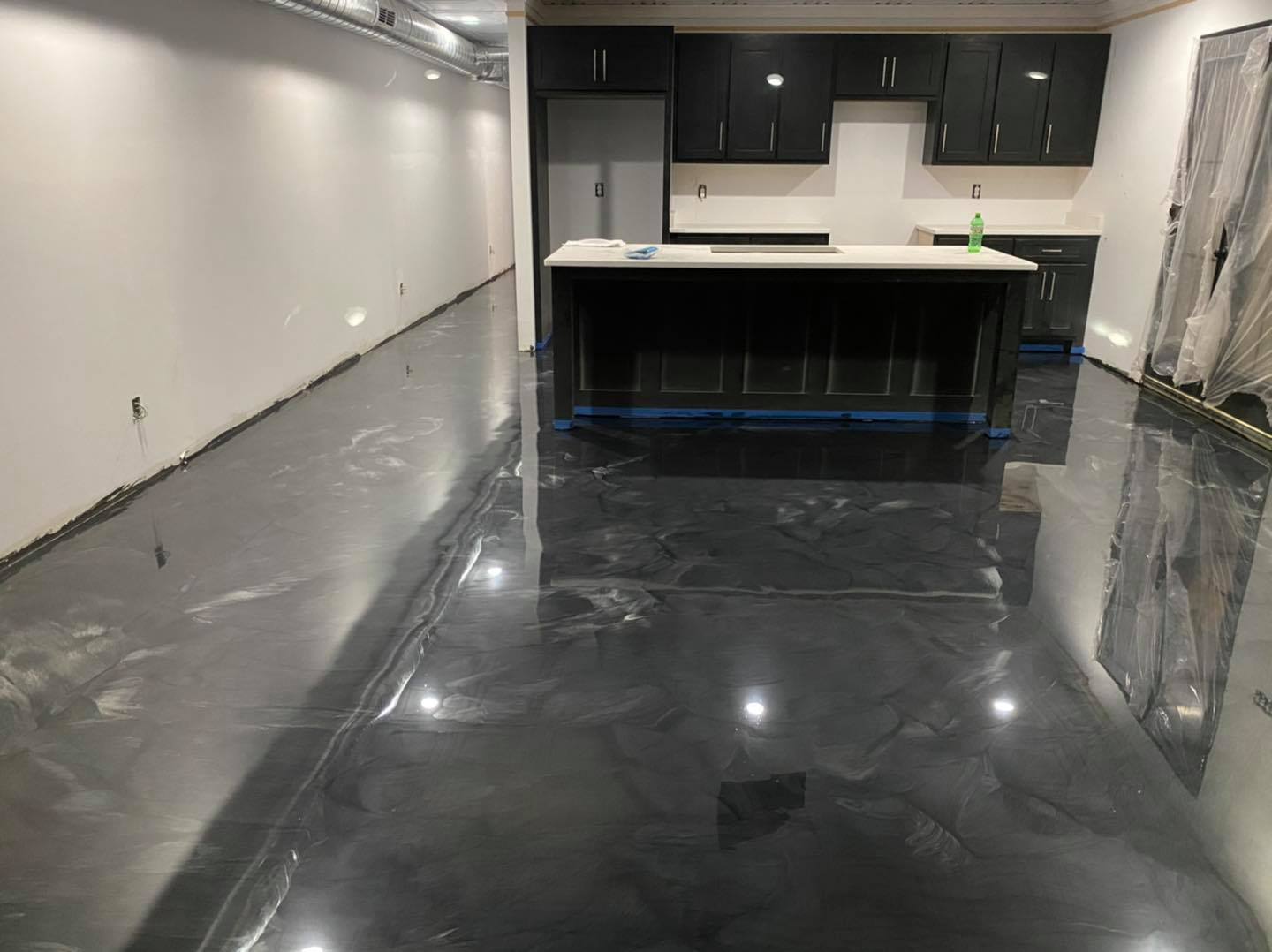






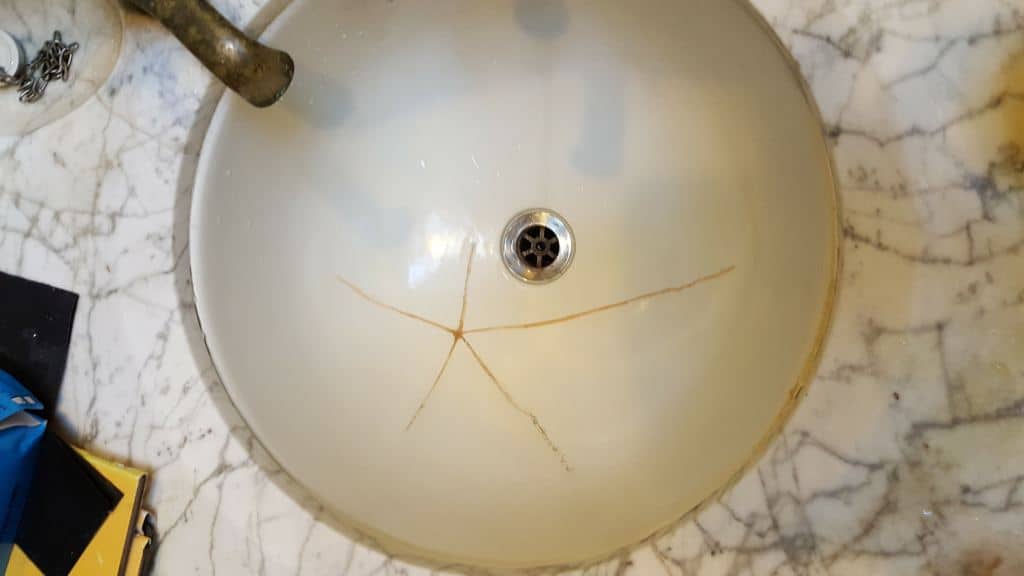




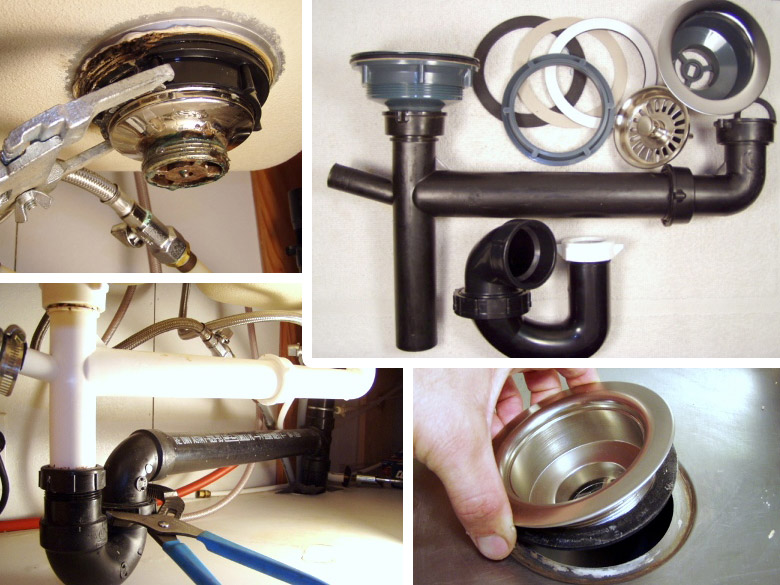

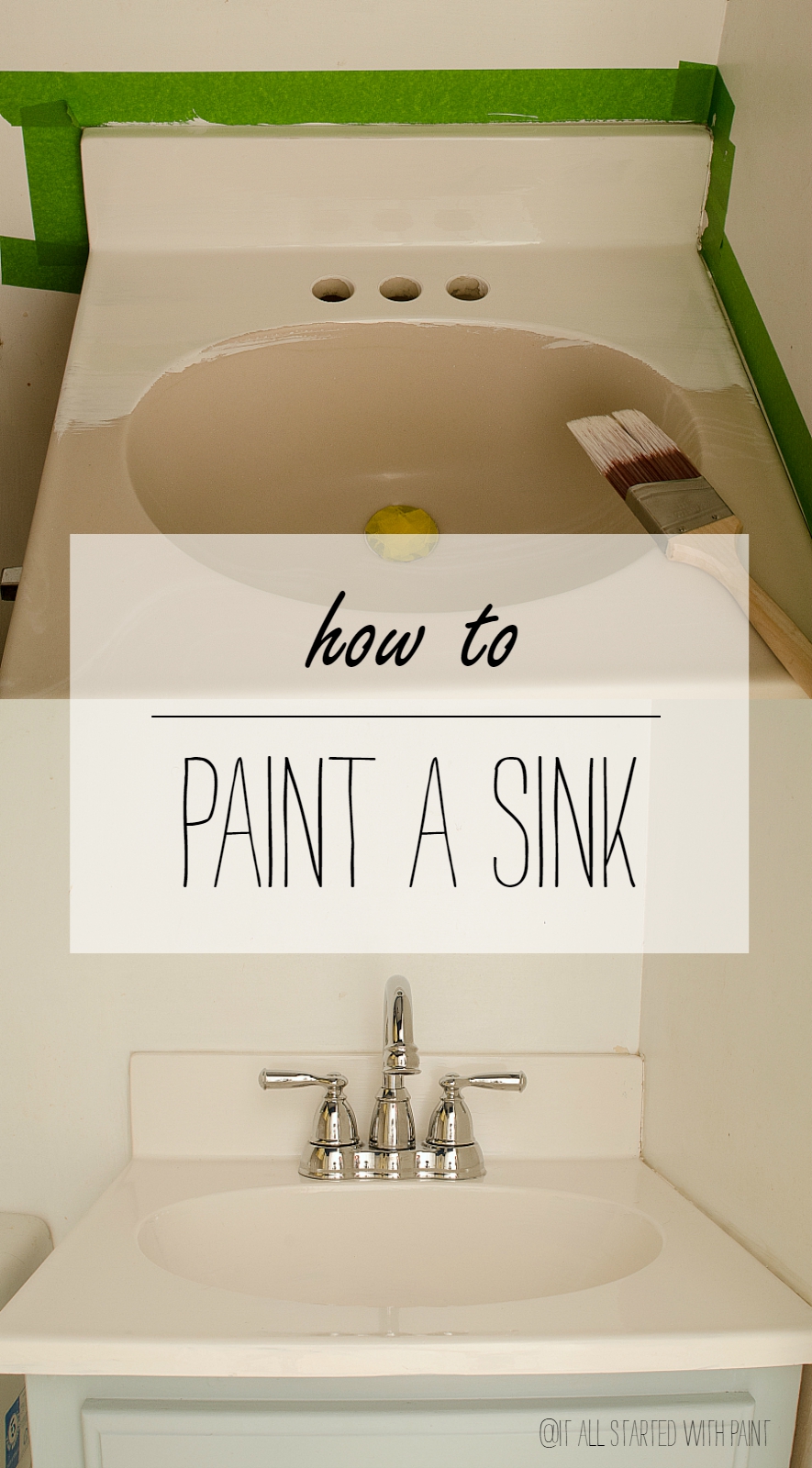










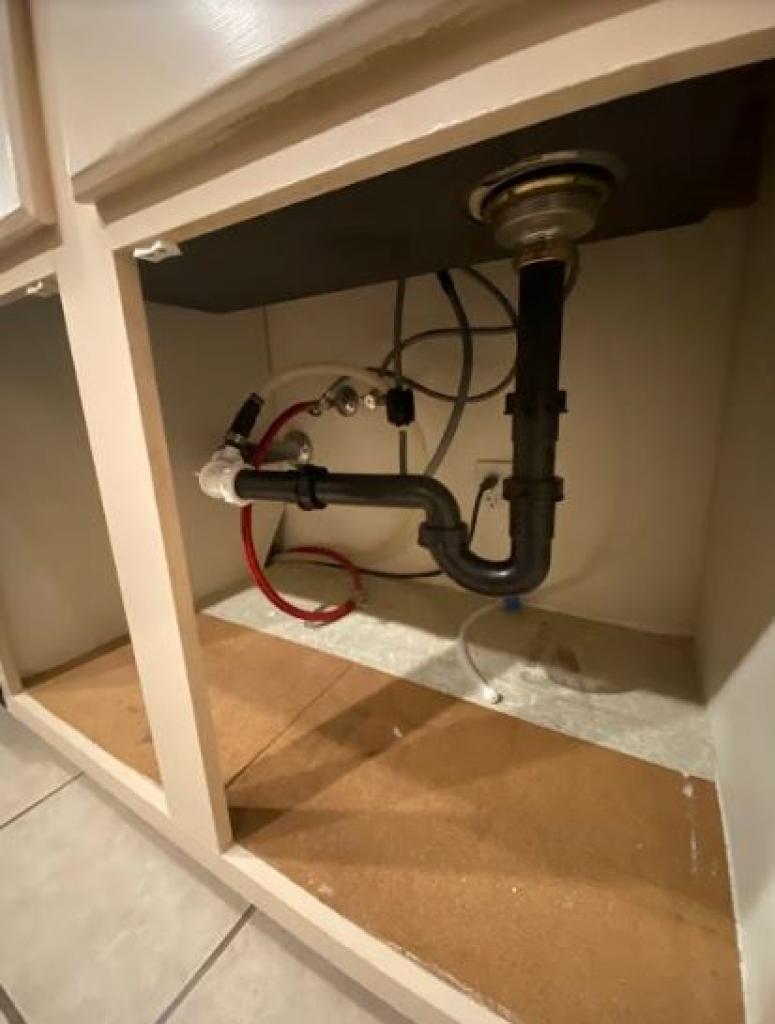
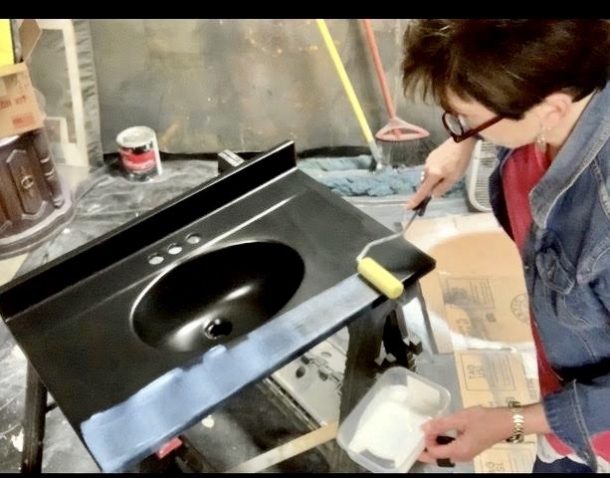






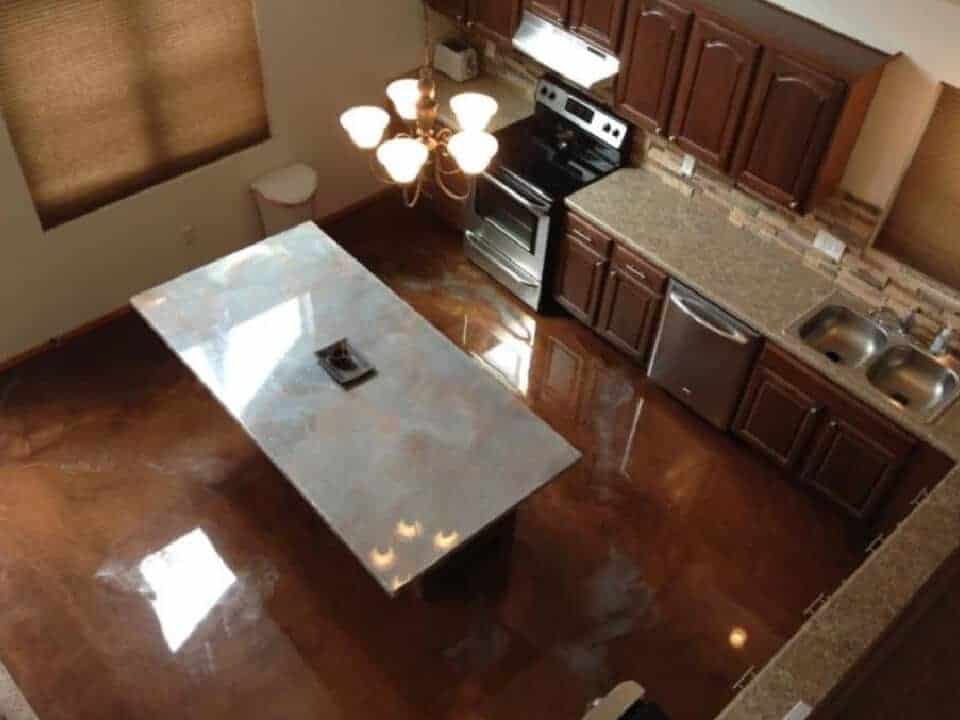










:max_bytes(150000):strip_icc()/Basic-kitchen-sink-types-1821207_color_rev-0b539306b9ef4236a136624ad2a89a4c.jpg)



